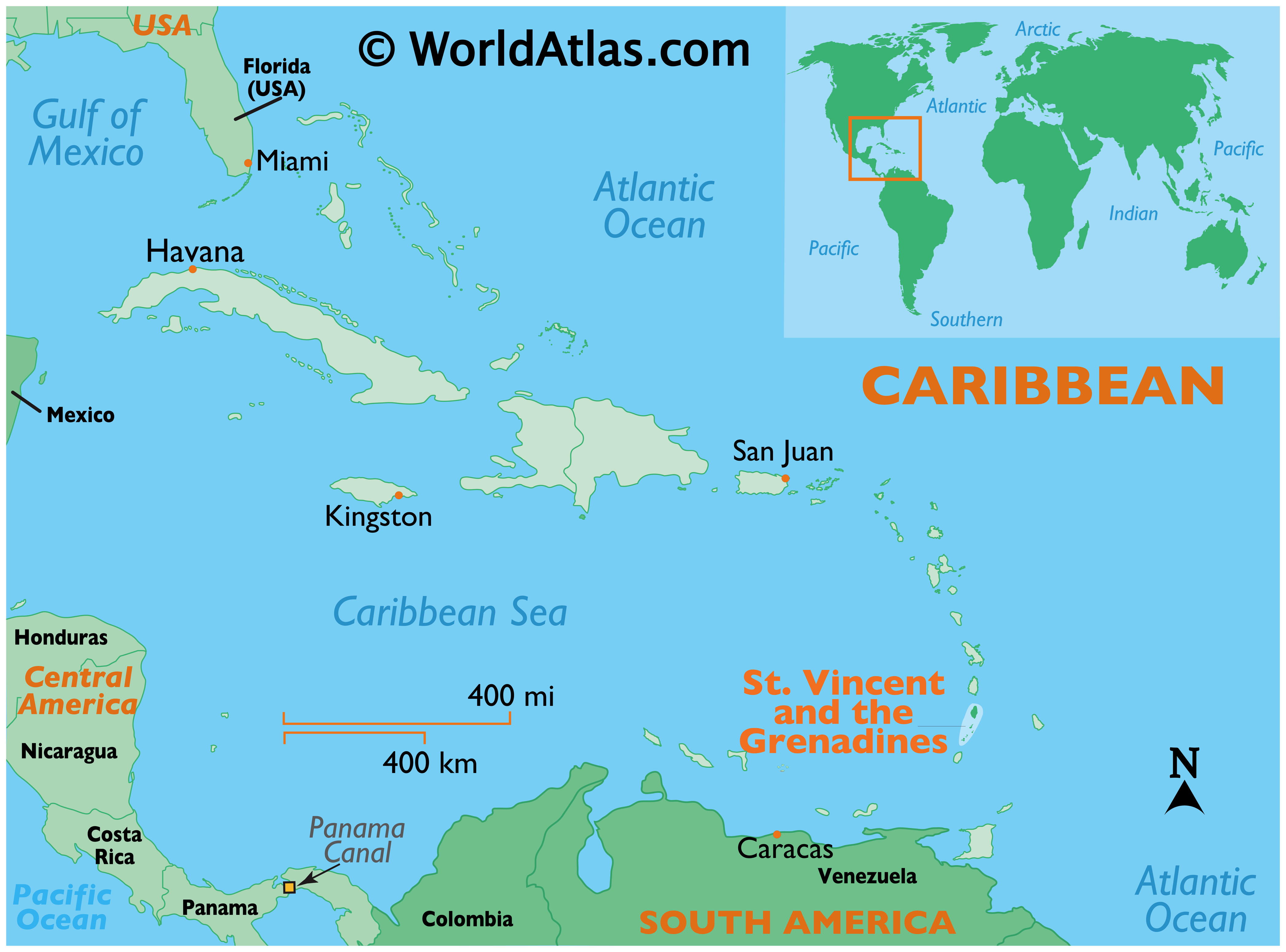So file this under pie in the sky, hopeless ideas that have no chance of coming true.
Unless, that is, one person tries to get it going.
NPR published an interesting article the other day about Homelessness in Seattle. One stat stood out: “According to the latest count, in January, more than 3,700 people live on the streets of King County. The number of people sleeping outside shot up by 20 percent in just the past year.”
3,700.

Via NPR
That number sounds enormous when you are thinking about how a government agency could fix the problem. And the government has proven it can’t do it. Here’s another stat from the article, one that should make you pretty mad. “All told, under a 10-year plan put together a decade ago by a public-private partnership called the Committee to End Homelessness, roughly $1 billion has gone to the cause.”
$1 Billion spent in 10 years. 3,700 homeless. At $100 million spent per year, we could just pay every homeless person an annual salary of $27,000 and just close down whatever services are trying to solve the problem.
But 3,700 is also a really small number.
King County has 2.044 Million people. For every 1 homeless person in Seattle, there are 550 non-homeless. This is the math I use to think there’s an opportunity at fixing this problem.
One Human, One Block, One Year
The idea is simple philosophically. Homelessness stops being a macro issue that we need “leaders” and “organizations” to try to solve. Homeless people need to stop being nameless, anonymous shadows that we can easily ignore on the side of the on ramp.
Let’s make homelessness a neighborhood cause. And not just a neighborhood cause, but a block cause.
I’m going to guess that almost every city block contains the following things:
– A house with an unused shed, mother-in-law attachment, garage or other structure that could be fitted with a simple bathroom. (And if not, a group of 20 people who’d split the rent on an apartment for someone.)
– At least one if not more people who hire part-time help.
– Someone who is or knows a psychologist, therapist or life coach.
– A teacher.
– A retired person willing to occasionally give someone a ride.
– Someone who’d spring for a bus pass.
– Neighbors with extra clothing they can give to a specific human.
– People who will donate money to make sure someone they know is well fed.
When you think of the idea that 550 people working together could help a single person get off the street, it seems almost mathematically insane that we have homeless people in the first place.
Now yes, I know that there are gigantic holes in this idea. Addiction, dementia, stubbornness, safety. These are all issues that would have to be dealt with. Then you’d have to get through the government red tape of permits, zoning, etc…
But doesn’t it seem doable? Doesn’t it seem like if everyone who lived on your block assembled for two hours one Sunday afternoon, you could come up with everything you need to get someone a home, a part-time job, a wardrobe, counseling, a bus pass, some education and tutoring, addiction treatment if necessary, and most of all – friends in a neighborhood. Friends who want to see their guest succeed and move on to successfully re-start their own life in 12 months.
That’s my utopian idea. One human, being helped by one block of neighbors, for one year.



